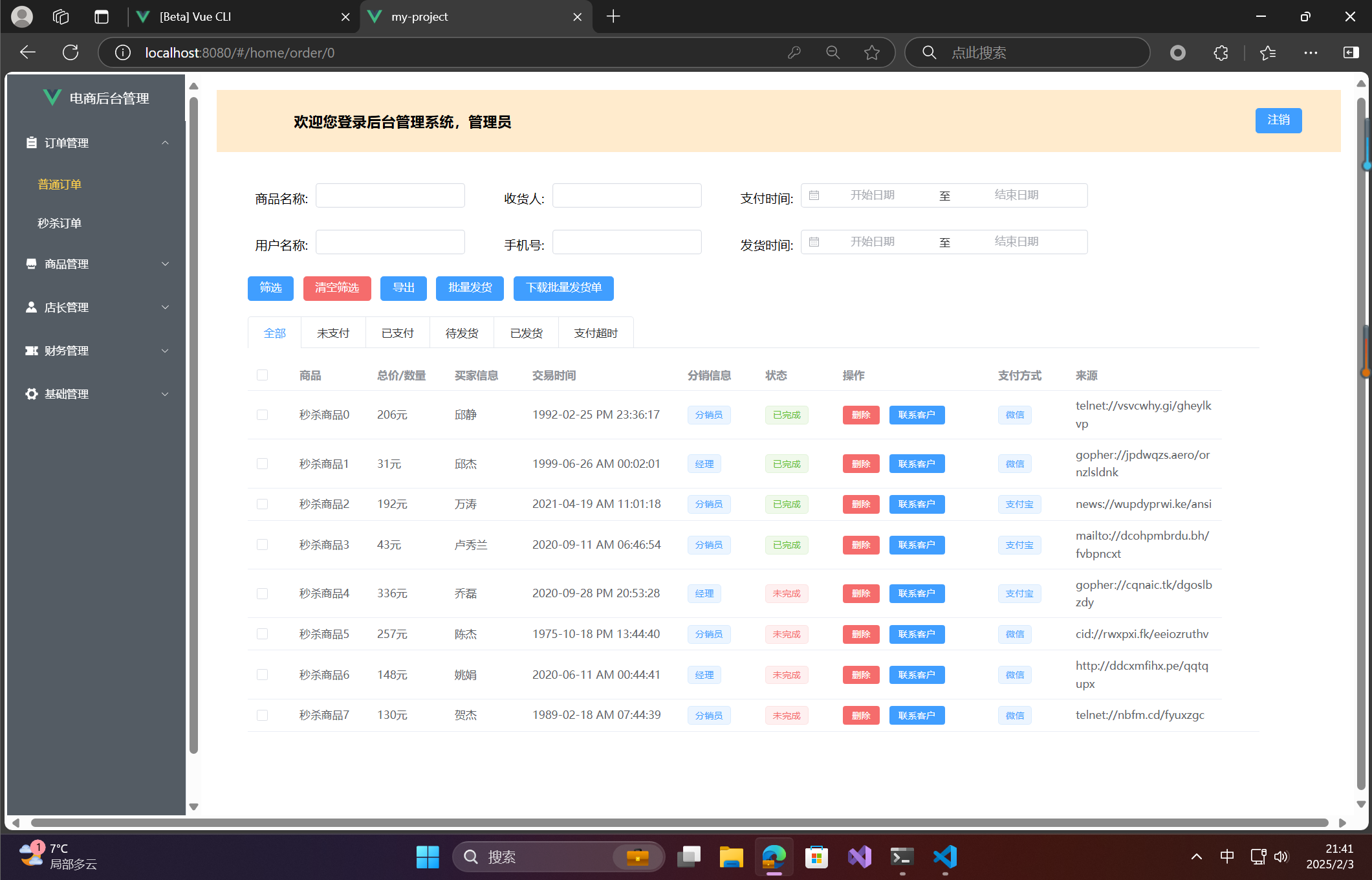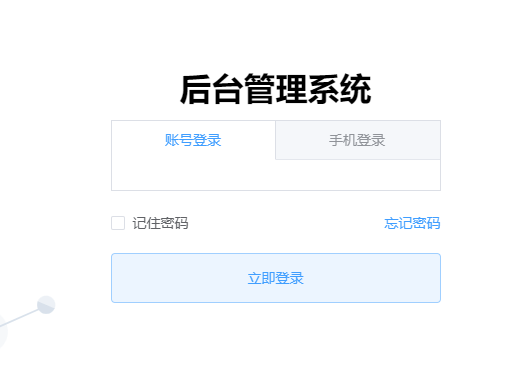element--ui使用tab切换时获取当前对象的id
用户7741497
发布于 2022-03-20 03:19:36
发布于 2022-03-20 03:19:36
代码可运行
运行总次数:0
代码可运行
关联问题
换一批
1.问题
有些特定的时候,使用Tab切换时需要获取当前选中栏的ID来进行操作
12. 解决思路
通过定义一个函数进行函数绑定,函数会传递过去当前对象,通过当前对象获取对象属性
13.解决方法
下面展示一些 内联代码片。
··· tab.vue
<template>
<el-tabs v-model="switch" @tab-click="tabClick">
<el-tab-pane class="tab" label="Tab1" name="tabOne"></el-tab-pane>
<el-tab-pane class="tab" label="Tab2" name="tabTwo"></el-tab-pane>
</el-tabs>
</template>
123456··· tab.js ↓
<script>
export default {
name: 'tab',
data () {
return {
tabName: 'tabOne',
}
},
methods: {
tabClick(tab, event) {
console.log(this.tabName) //获取当前元素属性name
console.log(event.target.getAttribute('id')) //获取到当前元素的id
if(this.tabName == tabOne){
// 所需代码
}else if(this.tabName == tabTwo){
// 所需代码
}
}
}
</script>本文系转载,前往查看
如有侵权,请联系 cloudcommunity@tencent.com 删除。
本文系转载,前往查看
如有侵权,请联系 cloudcommunity@tencent.com 删除。
评论
登录后参与评论
用户7741497
1
1
回复回复点赞举报
推荐阅读
推荐阅读
相关推荐
vue学习:使用tab标签页时,刷新页面停留在当前tab
更多 >目录

















